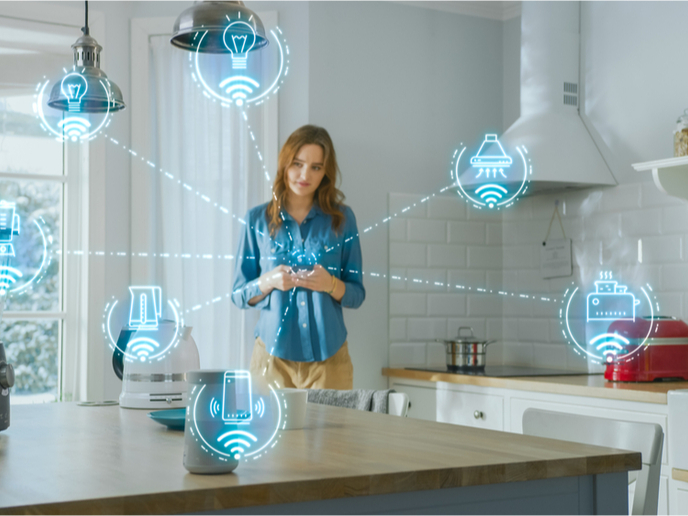New methods secure and verify IoT for European industry
The Internet of Things (IoT) sounds like it should refer to a separate, dedicated network. Actually, there is only one internet, and IoT refers to a fairly simple form of machine-toU-machine communication using it. One of the most important applications of IoT is allowing sensors (information collectors) to communicate with actuators (moving or changing parts). This combination permits countless technologies of the modern world. Examples include automotive keyless entry and start systems, automated lighting systems in smart buildings, plus various kinds of smart transportation systems. The problem is that most IoT applications are insecure and untrustworthy. This becomes very important where wireless technologies combine with security or privacy considerations. Such applications are virtually defenceless against hacking. Once one device is hacked, it can be used to hack all others on a network. In some cases, this can have catastrophic consequences. Users are thus often very sceptical about the security of IoT systems. This deters user adoption and restricts industrial efficiency.
New types of security evaluation
Since user trust in IoT systems is low, the EU-funded SCOTT project developed sound methods for evaluating the security and privacy of IoT services. The new methods prioritise IoT applications in industrial settings and safety-critical domains. Team members also developed other wireless technologies. SCOTT’s technologies improve the state of the art, focusing on closing the remaining security gaps. “SCOTT does not just deal with ‘things that are connected’, rather ‘trustable things that are connected’,” explains project coordinator, Michael Karner. “This means things interconnected by dependable, wireless technologies that respect the end users’ privacy rules.” The new developments provide the fundamental security upon which trust can be built, while also introducing reliable interoperability. The innovations are intended mainly for European industry but also for private citizens in everyday usage.
Diverse applications and recognition
The project’s system has been demonstrated in sectors including aeronautics, smart infrastructure, health and railways. Applications include air quality monitoring for indoor environments, vehicle sensors connected to smart road infrastructure, and assisted living and community care. “The latter case allows elderly people to stay in their private homes much longer,” adds Karner, “as it supports them in getting immediate help in case of an accident, fall or sudden illness.” Another example of the project’s technology involves a secure cloud management system. It authenticates all communication from a cloud-based service to IoT devices. SCOTT has been recognised for the security improvements it delivered, and for having helped prepare European industry for widespread adoption of IoT. The resulting IoT applications will be secure and compliant with European values. Following the successful results, some of the project’s industrial partners will release new products during 2021 and 2022. Two of SCOTT’s research partners are in the process of launching start-up companies based on the project’s developments. Work started in SCOTT will continue in the newly formed Electronic Components and Systems ECSEL InSecTT project. This project will further develop IoT trustworthiness, using AI, for the benefit of Europe’s industry and citizens.
Keywords
SCOTT, IoT, security, wireless technologies, privacy, Internet of things, ECSEL, InSecTT







